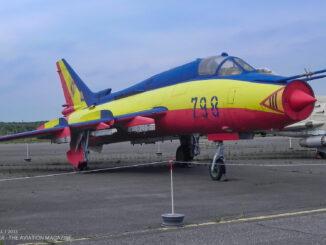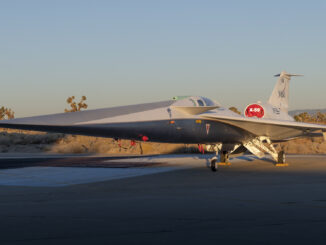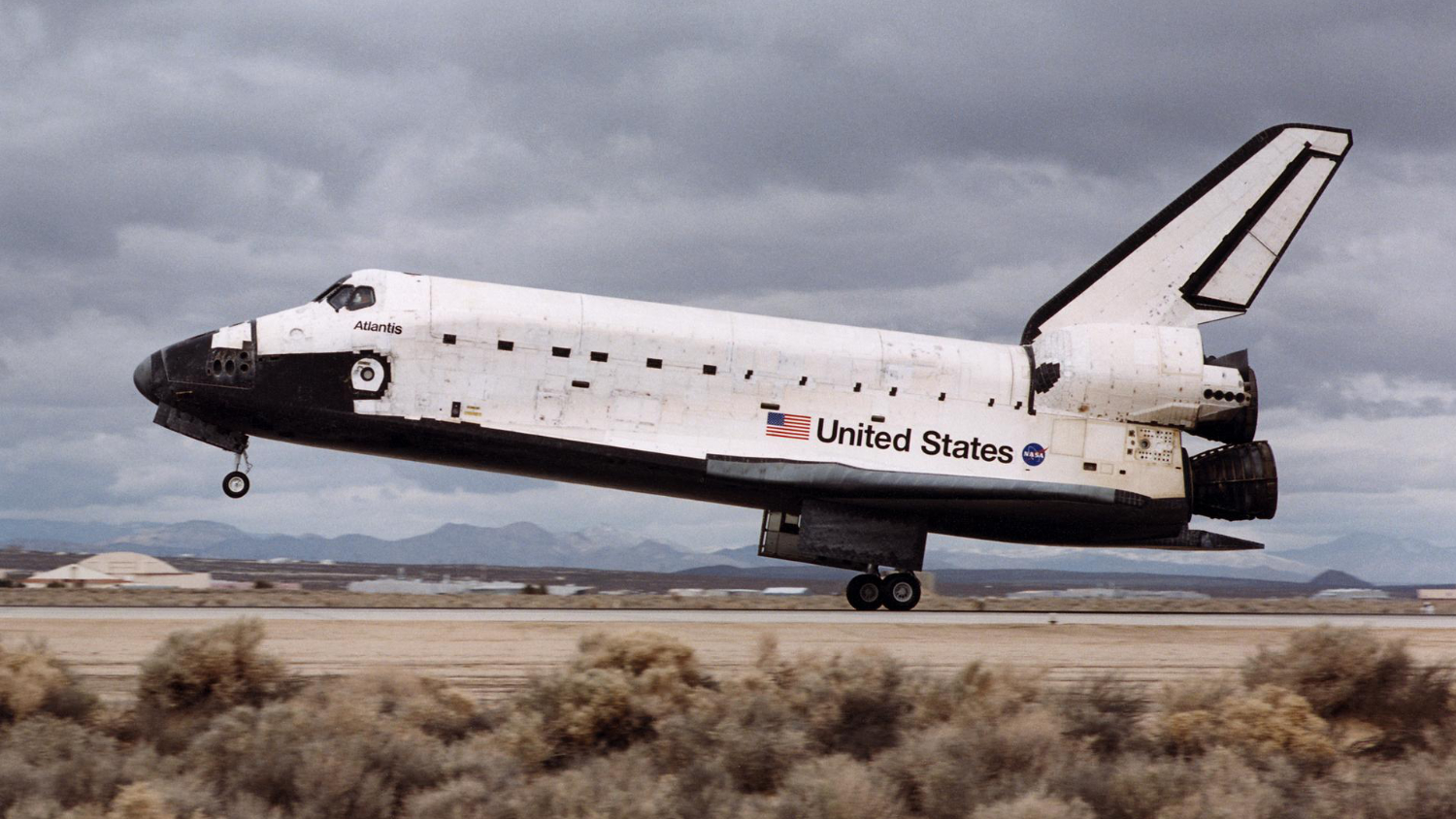 On 8th July 2011, the STS-135 space mission was launched. It was the final flight into space for Atlantis spacecraft, as well as the beginning of the last mission within the NASA Space Shuttle programme.
On 8th July 2011, the STS-135 space mission was launched. It was the final flight into space for Atlantis spacecraft, as well as the beginning of the last mission within the NASA Space Shuttle programme.
The NASA Space Shuttle programme officially began, and was announced to the public, in 1972. Five years later, in February 1977, the first atmospheric landing test of the shuttle took place with an experimental orbiter named Enterprise, lifted-off by specially modified example of Boeing 747. On 12th April 1981, orbiter Columbia launched into space with the first official mission within the NASA Space Shuttle programme, marked STS-1.
Since then, the space shuttles became the core of the US manned spaceflight for the next 30 years. During that time, those spacecraft had a significant impact on human exploration and understanding of the universe by carrying equipment and experiments – such as the Chandra X-ray Observatory, the Hubble Space Telescope, or the interplanetary probes named Galileo, Magellan and Ulysses – into space.
In addition, due to their involvement in development of the Soviet space station ‘Mir’ and then establishment of the International Space Station, as well as providing supplies and transporting subsequent crew members to those stations, the NASA space shuttles have directly contributed to humans’ permanent presence in space.
Unfortunately, and despite the aforementioned credits, the space shuttles turned out to have significant downsides.
First of all, there were the operational costs of the vehicles. Over time, the NASA Space Shuttle programme became extremely expensive. Vehicles that were supposed to be a cheaper alternative to conventional rockets, have in many cases turned out to be a more expensive option.
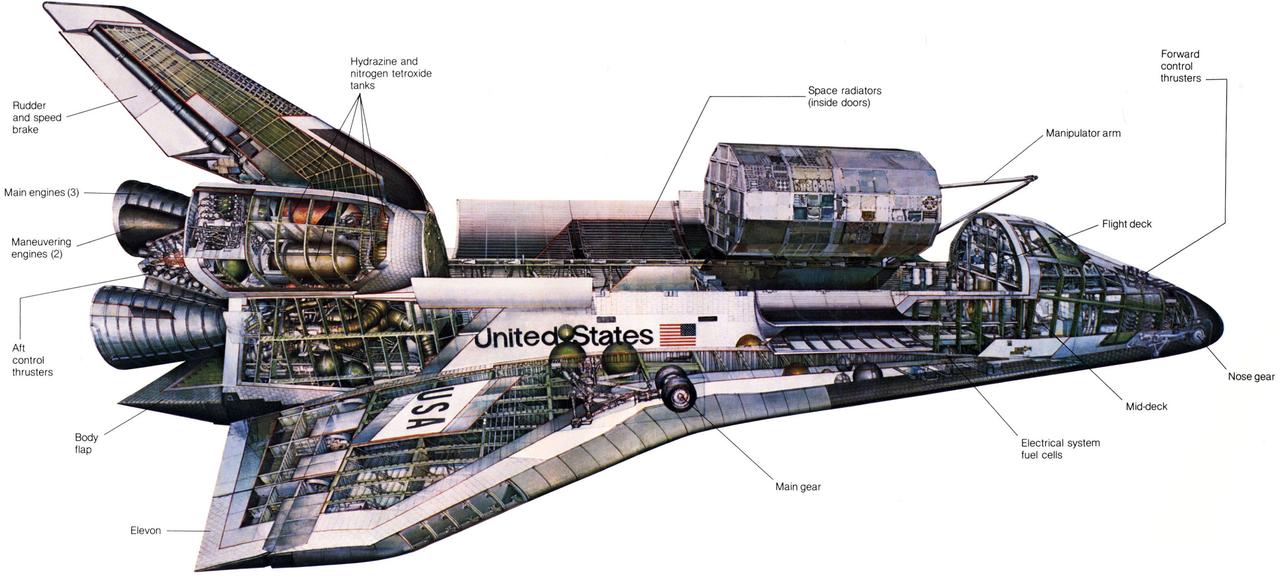
The second issue was the time it took for the spacecraft that returned to Earth to be ready for launch again. Initial assumption was that this time could be as short as two weeks. However, in fact the shortest turnaround time during the entire service of the space shuttles was 54 days.
Another thing was safety of those spacecraft themselves. Although yet in the mid-1980s crewed space shuttle flights became practically routine and the vehicles were widely considered to be very safe to fly with, events that occurred in the following years changed this opinion.
On 28th January 1986, the Challenger orbiter exploded shortly after lift-off. Seventeen years later, on 1st February 2003, the space shuttle Columbia broke apart during re-entry into the Earth’s atmosphere while returning from a mission. In both cases, all crew members of the spacecraft were killed.
On 14th January 2004, the then US President George W. Bush announced his Vision for Space Exploration. It was motivated primarily by the Columbia shuttle disaster that had occurred less than a year earlier, and its main premise was to retire the space shuttles, as soon as the International Space Station (ISS) was completed (as those spacecraft had crucial role in its development).
The last flight within the space shuttle programme began on 8th July 2011 at 11:29 EDT (15:29 UTC). Fourteen days after liftoff, space shuttle Atlantis with the STS-135 mission crew returned safely to Earth. It was 21st July 2011, 5:57 a.m. EDT (09:57 a.m. UTC), when the space shuttle era officially came to an end.
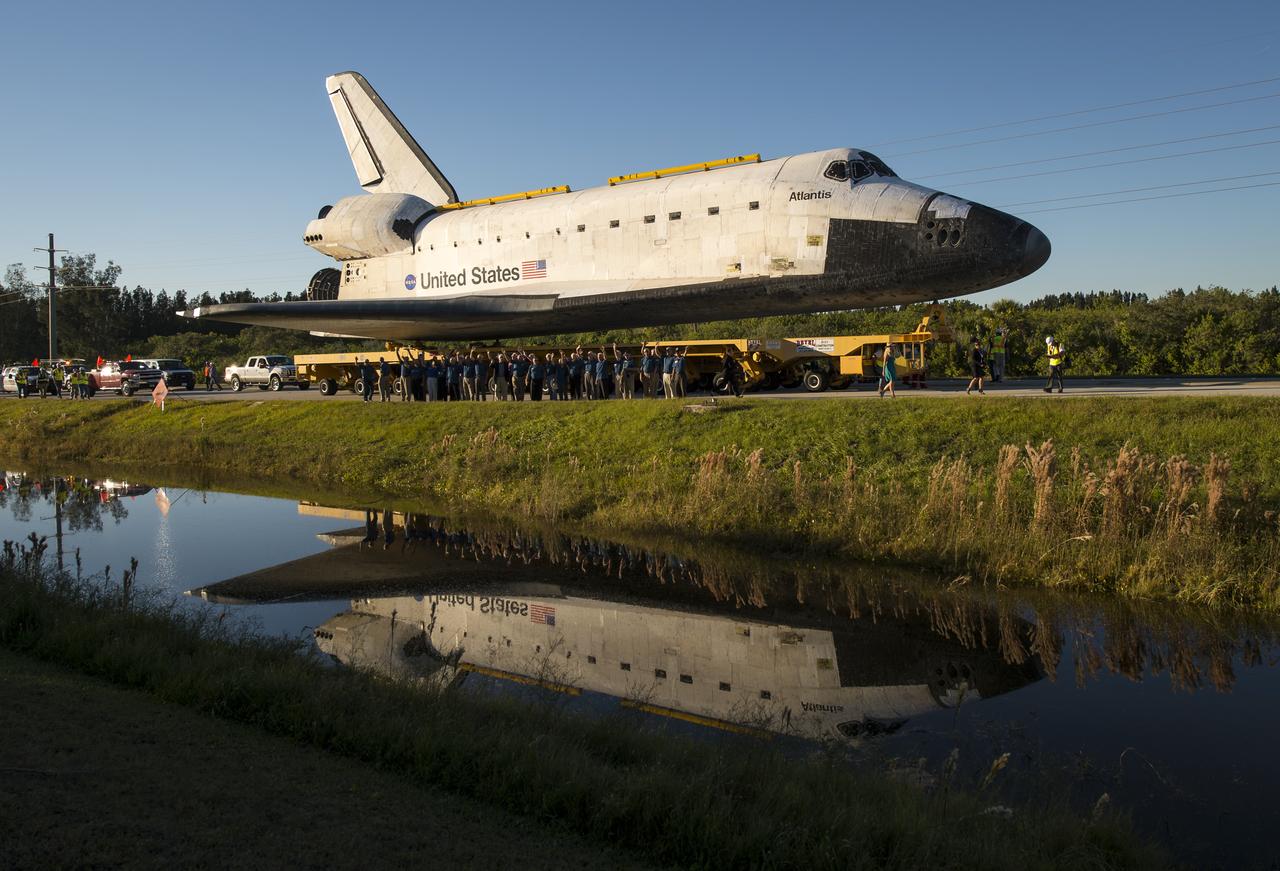
Full story here.
Cover photo: Space Shuttle Atlantis landing at 12:33 p.m., 20 February 2001, on the runway at Edwards Air Force Base, California (NASA, EC01-0041-2).
All photos © National Aeronautics and Space Administration. Information from NASA press releases were used.

